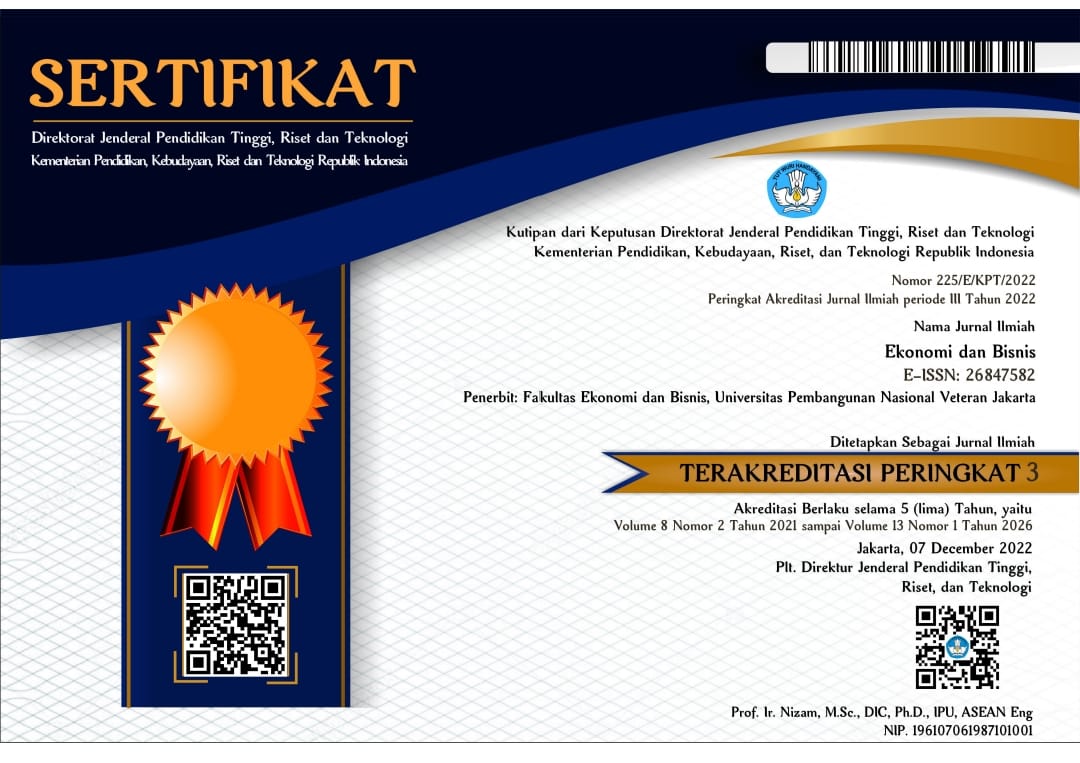THE OPTIMAL CAPITAL STRUCTURE: AN EMPIRICAL STUDY OF INDONESIA COMPANY IN THE FOOD AND BEVERAGE INDUSTRY
DOI:
https://doi.org/10.35590/jeb.v4i2.738Keywords:
Adjusted Present Value (APV), Firm Value, Food and Beverage Industry, Optimal Capital StructureAbstract
Optimal capital structure is mix between debt and equity which resulted in maximizing firm’s value. Food and beverage sub-sector industry play an important role in Indonesia economic growth as one of the biggest contributor of gross domestic product (GDP) in Non-Oil & Gas Industry. The aim of this study is to determine the optimal capital structure in Indonesia food and beverage manufacturing. Data used in this study from 14 food and beverage companies listed in Indonesia Exchange. This study used Adjusted Present Value (AVP) simulation by Aswath Damodaran to determine the optimal capital structure. This simulation started with estimated the unlevered company value then as the level of debt increase the unlevered company value adjusted by the net effect of both the benefit of debt and cost of debt. Company value estimated at each level of debt from 10% - 90% and the debt ratio which resulted in highest company value is the optimum debt ratio. The result from this study shows that there are two companies should have the 0% debt ratio.
Downloads
Published
How to Cite
Issue
Section
License
Authors who publish with this journal agree to the following terms:
Authors retain copyright and grant the journal right of first publication with the work simultaneously licensed under a Creative Commons Attribution 4.0 International License that allows others to share the work with an acknowledgment of the work's authorship and initial publication in this journal.
Authors can enter into separate, additional contractual arrangements for the non-exclusive distribution of the journal's published version of the work (e.g., post it to an institutional repository or publish it in a book), with an acknowledgment of its initial publication in this journal.
Authors are permitted and encouraged to post their work online (e.g., in institutional repositories or on their website) before and during the submission process, as it can lead to productive exchanges, as well as earlier and greater citation of published work.
This work is licensed under a Creative Commons Attribution 4.0 International License.











